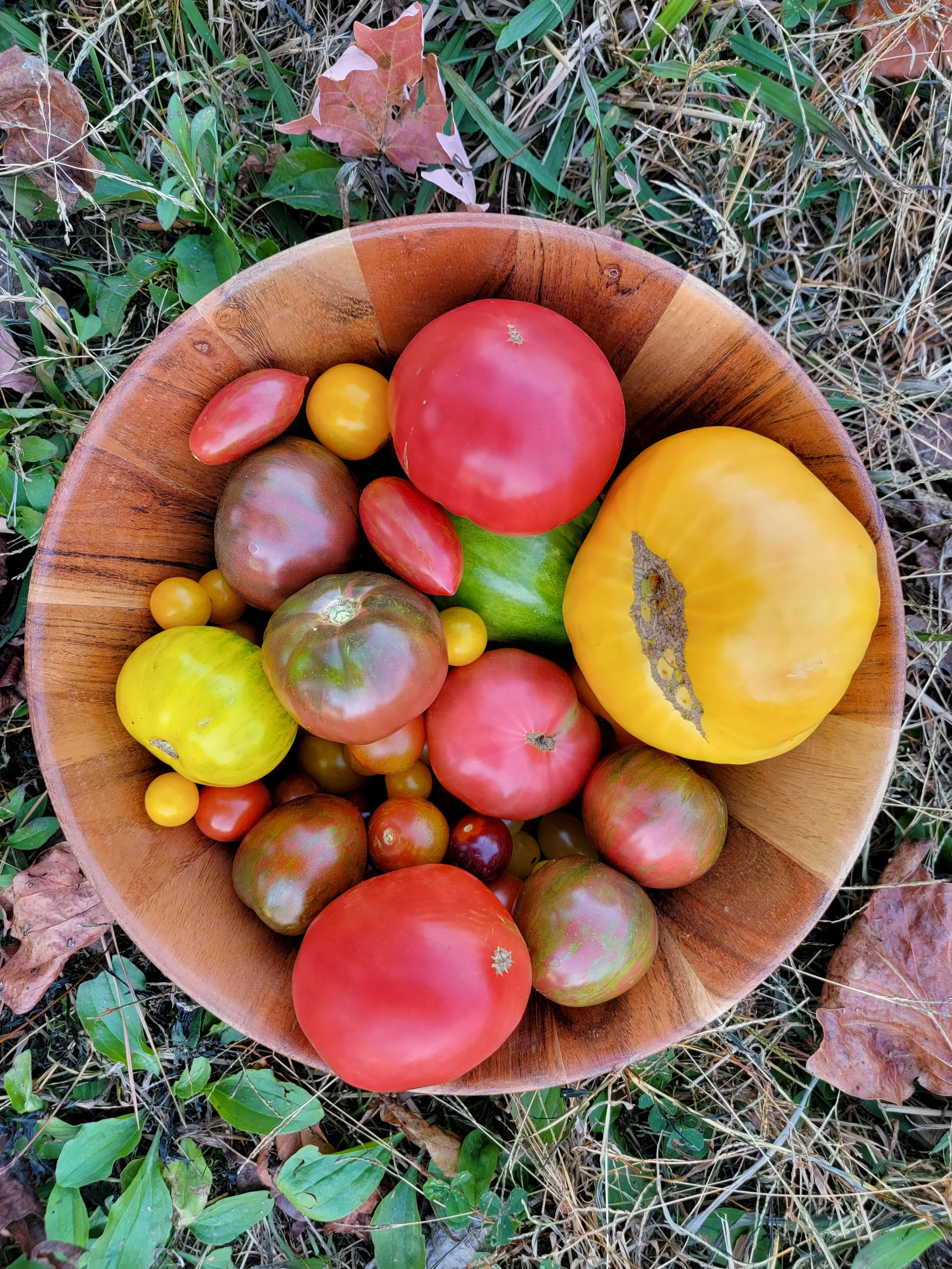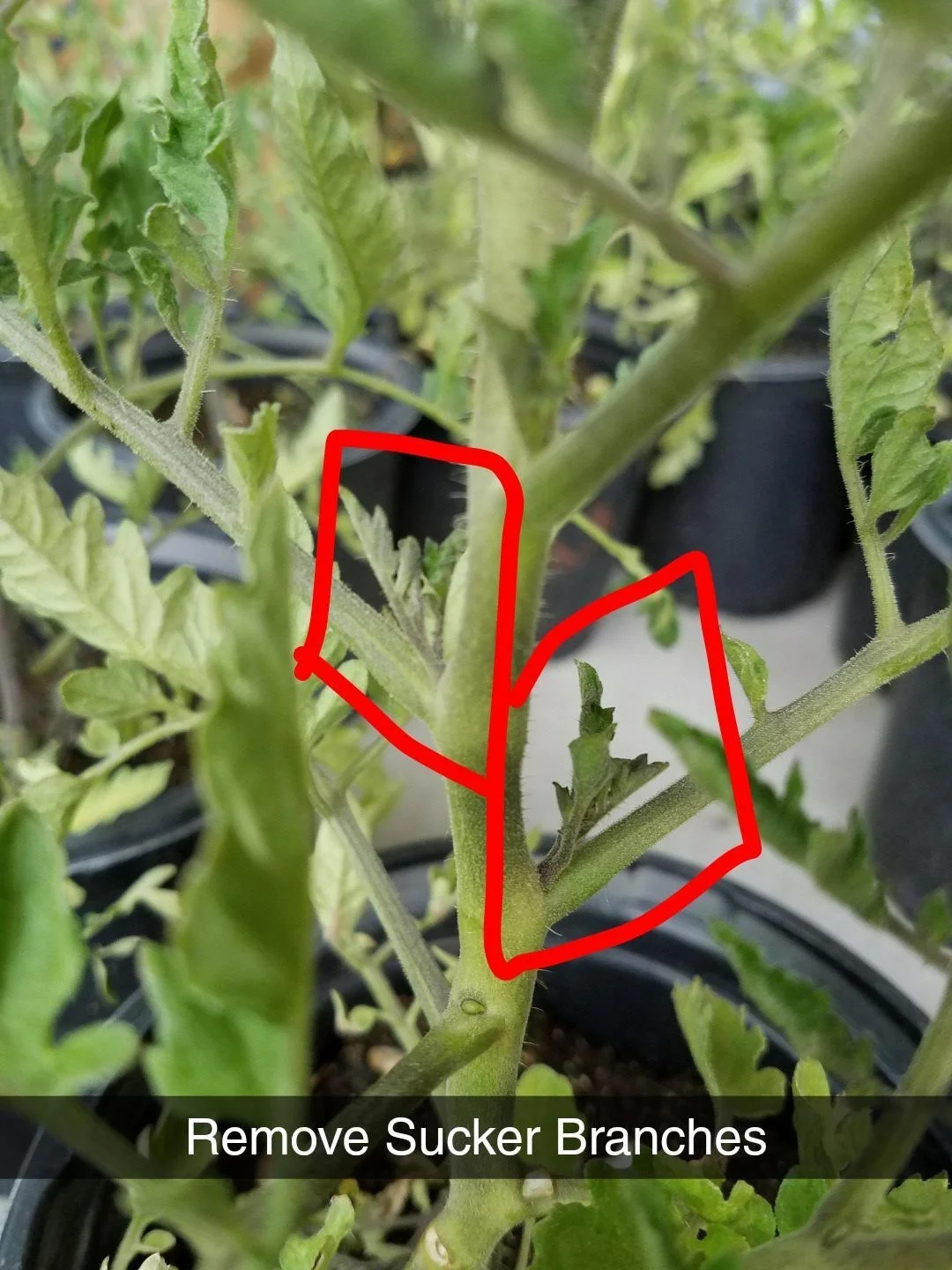Yellow Beefsteak
Yellow Beefsteak is summer sunshine in tomato form. With golden shoulders and a mellow sweetness, this tomato brings warmth to every dish and memory of sun-kissed garden days. It's the tomato that glows on the vine like it's storing up the longest day of the year and gives it back to you, slice by slice. Whether piled high on a sandwich or drizzled with olive oil and salt, it delivers the taste of golden hour every time.

Yellow Beefsteak
Basic Info
- Type: Indeterminate
- Heritage: Heirloom or Open-Pollinated (depending on variety)
- Color: Bright yellow to golden orange skin and flesh
- Shape/Size: Large beefsteak; 10–20 oz average, sometimes more; ribbed to slightly flattened shape
- Leaf Type: Regular leaf
Flavor Profile
Mild, low-acid flavor with subtle fruitiness. Less tangy than red tomatoes, with a smooth, creamy texture that makes it perfect for those who prefer a gentler tomato flavor.
Growth Habit
- Plant size: Vigorous vines, can reach 6–8 ft
- Support: Requires sturdy staking or trellising
- Days to Maturity: 80–90 days from transplant
Production Notes
- Yield: Moderate to high with consistent watering and feeding
- Fruit Set: Can be slow in extreme heat; sets better in early and late summer
- Disease Tolerance: Fair — monitor for leaf spot and blossom end rot in wet conditions
- Weather Notes: Thick skin helps resist splitting in wet weather; appreciates some afternoon shade in hot climates
Culinary Uses
- Slicing — beautiful on a plate
- Grilled or Roasted — caramelizes with a hint of citrus
- Fresh eating — especially appealing to those with acid sensitivity
- Tomato Jam or Chutney — unique golden color and mellow sweetness
Growing Notes
- Soil: Prefers well-drained, compost-rich soil; benefits from calcium and magnesium inputs
- Fertilization: Balanced amendments; does well with KNF input rotation (LAB, FPJ, WCa)
- Companion Plants: Basil, nasturtiums, carrots; avoid corn and brassicas
- KNF Applications: FPJ at vegetative stage, LAB + WCa during flowering and fruiting
- Pest Pressure: Watch for hornworms and stink bugs; responds well to foliar LAB and light neem
How to Start Tomato Seeds for Strong, Healthy Plants
It all starts with the seed. Whether you're dreaming of juicy slicers or sweet cherry tomatoes, strong plants begin with a solid start. In this post, I walk you through my tried-and-true method for starting tomato seeds indoors—timing, soil, trays, lighting, and that all-important hardening-off process. It's not complicated, but it makes all the difference when you're growing tomatoes that can handle whatever the season throws their way.
Happy Gardening!
What’s all the hype about?
GMO, Hybrid, Heirloom—what do they really mean, and why does it matter in your garden? This blog breaks down these buzzwords into plain language, so you can make choices that fit your values, your climate, and your dinner plate. Whether you're saving seeds, testing out hybrids, or wondering about GMOs in your food supply, this post helps you sort through the hype and dig into the roots of your garden.
Happy Gardening!


